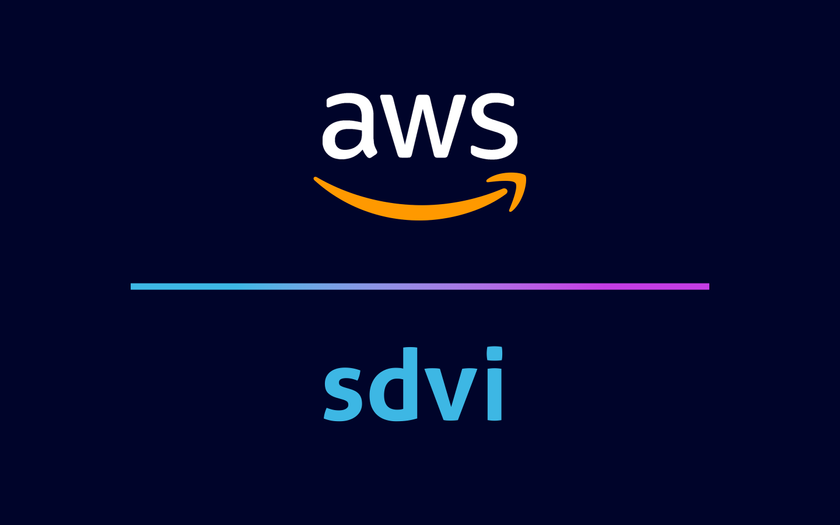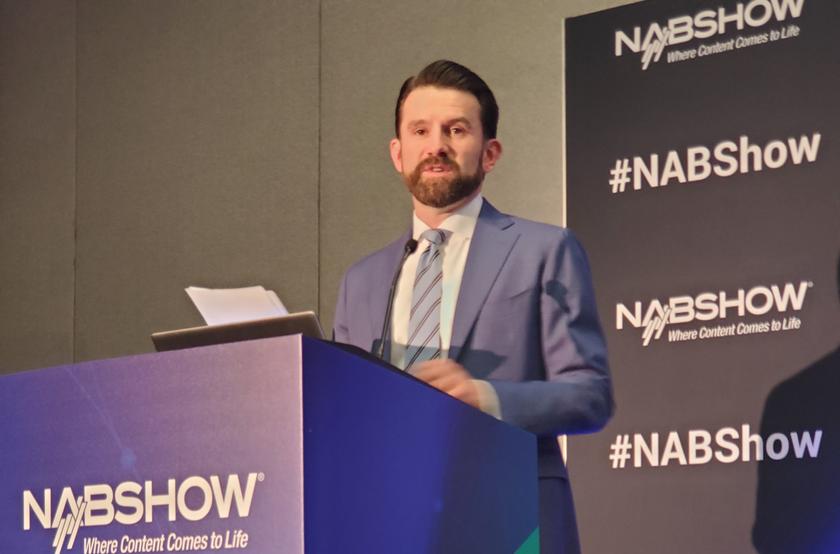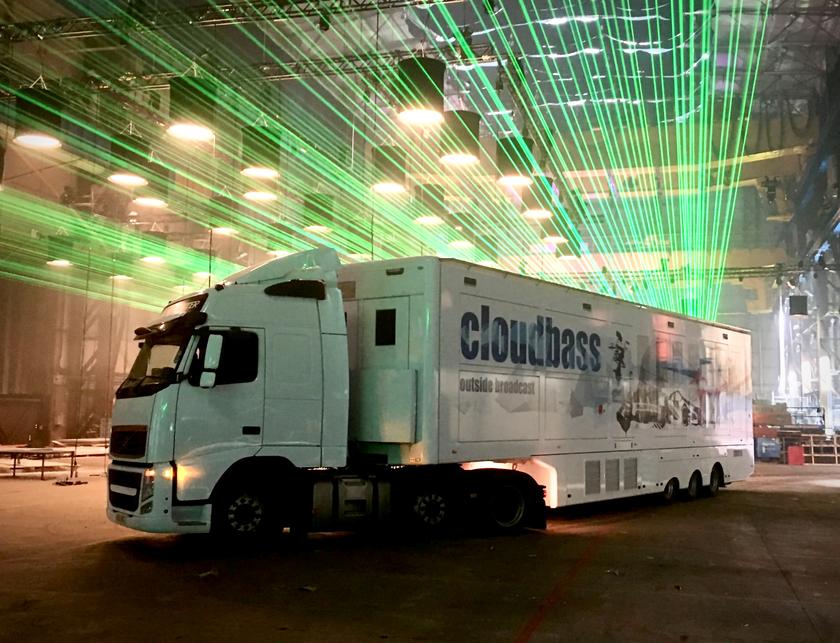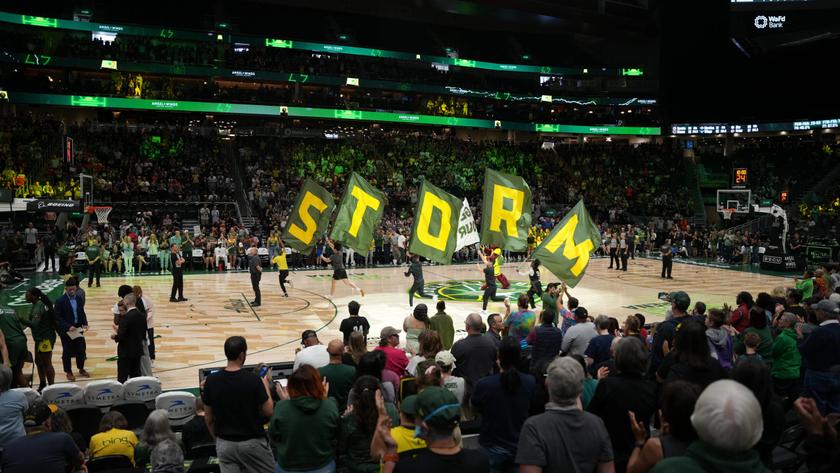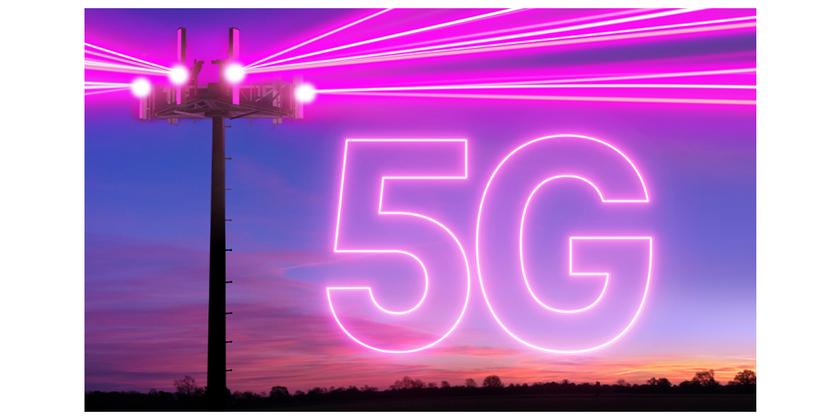NAB Show 2015 Pushes the Boundaries
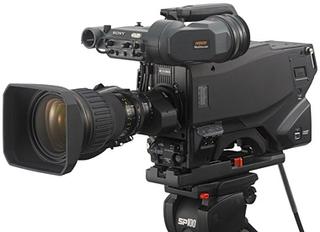
Sony HDC-4300 4K camera
LAS VEGAS—As usual, there is always lots to see at an NAB Show and the 2015 version was no exception. Walking the aisles is always a satisfying experience if you work the engineering side of the business, as there is so much to see that pushes the limits of what you know.
The big action at this year’s show was definitely in 4K acquisition, recording and editing. All the vendors you might expect—Sony, Panasonic, JVC, Canon, Hitachi, Grass Valley, Blackmagic Design and Ikegami—showed either new or recently introduced models.
There are also plenty of other vendors, such as GoPro, AJA Video, Red, Arri and Nikon, who had big displays at the show that focused on cameras, and 4K was a good part of that. Here’s a quick overview on the camera highlights from NAB Show 2015.
There’s lots of news in cameras, all across the board. For studio operations, there are both large-sensor single-chip cameras (such as the Ursa line from Blackmagic Design) and small-sensor multi-chip cameras from Sony, Hitachi and Grass Valley.
Sony’s HDC-4300 stands out for using three 2/3-inch 4K sensors, making the camera compatible with B4-mount lenses that have traditionally been popular in the television industry. In addition to providing 4K at standard frame rates, the HDC-4300 works with an optional software package to deliver up to 480 fps HD video.
Hitachi showed a prototype camera that uses three 2/3-inch 4K sensors, and used the show to promote its SK-UHD4000 camera, which uses *four* “super-sampled” 2K sensors to achieve its 4K output. Since the sensors in the SK-UHD4000 are 2/3-inch, the camera will work with existing B4-mount lenses.
Get the TV Tech Newsletter
The professional video industry's #1 source for news, trends and product and tech information. Sign up below.
The Grass Valley LDX 86 4K delivers 3,840 x 2,160-pixel images from super-sampled 2K sensors, and it can simultaneously deliver live standard-frame-rate 4K video and 6x slow-motion HD video. The LDX 86 line from Grass Valley (there are multiple models for HD and 4K) all fit B4-mount lenses, which is a big feature for many producers that have expensive high-quality lenses.
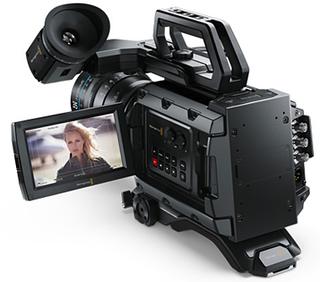
Blackmagic Design Ursa Mini 4K camera
Blackmagic Design continues to surprise NAB attendees with new cameras and new versions of existing cameras. Based on the premise that 4K is not enough, Blackmagic now has a 4.6K sensor for its Ursa single-sensor digital film cameras. The 4.6K sensor is Super 35-sized and features resolution of 4,608 x 2,592 pixels at 120 frames per second. The company also claims 15 stops of dynamic range for images comparable to traditional 35mm film.
The Ursa is now available in two sizes, with the original large unit that has a 10-inch flip-out display and the Ursa Mini that has a five-inch flip-out display. The Ursa Mini comes with the 4.6K sensor and will retail for $3,000 when it becomes available in June. As fantastic as that price seems, even Blackmagic will tell you that you need to add significant accessories to make the camera usable, including a lens and storage products.
Blackmagic sees the large Ursa as being more popular for field shooting, while the Ursa Mini is a more studio-friendly package.
Panasonic had a nice display for its Varicam line, which includes the Varicam 35 4K camera. Capable of working in low light for realistic on-set atmospherics, the Varicam 35 features in-camera color grading and 3D LUTs for on-set pre-visualization to its dual native ISOs.
Panasonic also debuted the AG-DVX200 4K large-sensor (micro four-thirds) handheld camcorder at NAB Show 2015. Some of the features on the DVX200 include 4K/60p recording, a built-in 13x optical zoom lens and a V-Log L gamma curve with 12 stops of contrast latitude.
Panasonic additionally announced a firmware upgrade for its popular 4K-capable Lumix GH4 micro four-thirds camera.
JVC had several camera announcements as well, showing three new models that target a variety of workflows: the GY-LS300 Super 35mm camcorder, GY-HM200 streaming camcorder and GY-HM170 compact camcorder. The GY-LS300 is targeted at cinematographers, documentarians and broadcast production departments, and it features a 4K Super 35 CMOS sensor and micro four-thirds lens mount.
The GY-HM200 is aimed at ENG, corporate and government applications, featuring a 1/2.3-inch backside-illuminated CMOS chip and built-in 12x zoom lens. It delivers 4K and 4:2:2 full HD at 50Mbps, and it includes a built-in HD streaming engine with Wi-Fi and 4G LTE connectivity that allows live HD transmission directly to hardware decoders, the Wowza streaming engine, and the ProHD Broadcaster server powered by Zixi.
The third new JVC camera is the GY-HM170, which is similar to the GY-HM200, but without the streaming capability. The GY-HM170 also lacks the XLR audio inputs that its larger siblings have.
12G-SDI PRODUCTS
IP video gear was expected to be a major focus at the NAB Show, and there were plenty of items that use IP connectivity for equipment interconnection. However, this is a back-panel feature of equipment, so the push toward IP connectivity was not always visible unless you looked.
In the meantime, at least a few companies featured 12G-SDI connection products, which I was told were good for signal distribution up to 100 meters—easily far enough to wire control rooms and studios. However, just as in the switch from SD-SDI to HD-SDI, 12G-SDI will require new BNC connectors and cable. Also keep in mind that SMPTE and other standards bodies have not formalized a 12G-SDI standard, even if some vendors are already selling the components.
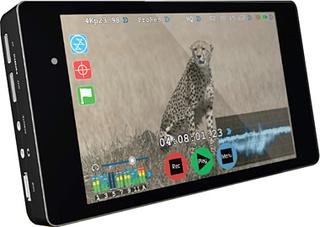
Atomos Shogun 4K recorder with integrated seven-inch HD monitor
One such vendor was Blackmagic Design, which showed a range of range of 12G-SDI, 60p products. Three of these included the company’s Smart Videohub 40 x 40 router that works with all SDI video formats up to 2160p60 to be routed all on the same router, all at the same time; the Teranex Mini format converter; and the HyperDeck Studio 12G recorder that can record up to 2160p60 video.
Semtech announced a family of 12G connectivity products. These include a UHD-SDI cable driver and an adaptive cable equalizer, both with integrated retiming to clean up the digital pulses.
Macom rolled out six 12G-SDI products that are a complete chipset to support 12G-SDI applications. These include equalizers, drivers and reclockers, and will work with either coax or fiber distribution.
If you need more than distribution and processing, the Atomos Shogun is a 12G-SDI and HDMI monitor/recorder that features 1,920 x 1,080-pixel resolution on a seven-inch touchscreen with 400nit brightness. The Shogun can record 24, 25 or 30p from the camera and up to 120fps HD if the camera is capable.
There were many more products in both these categories at the NAB Show, but I hope this will give you a taste of what was there. There will be more to come from the NAB in future Broadcast Engineering Extra articles.
Bob Kovacs is the former Technology Editor for TV Tech and editor of Government Video. He is a long-time video engineer and writer, who now works as a video producer for a government agency. In 2020, Kovacs won several awards as the editor and co-producer of the short film "Rendezvous."

